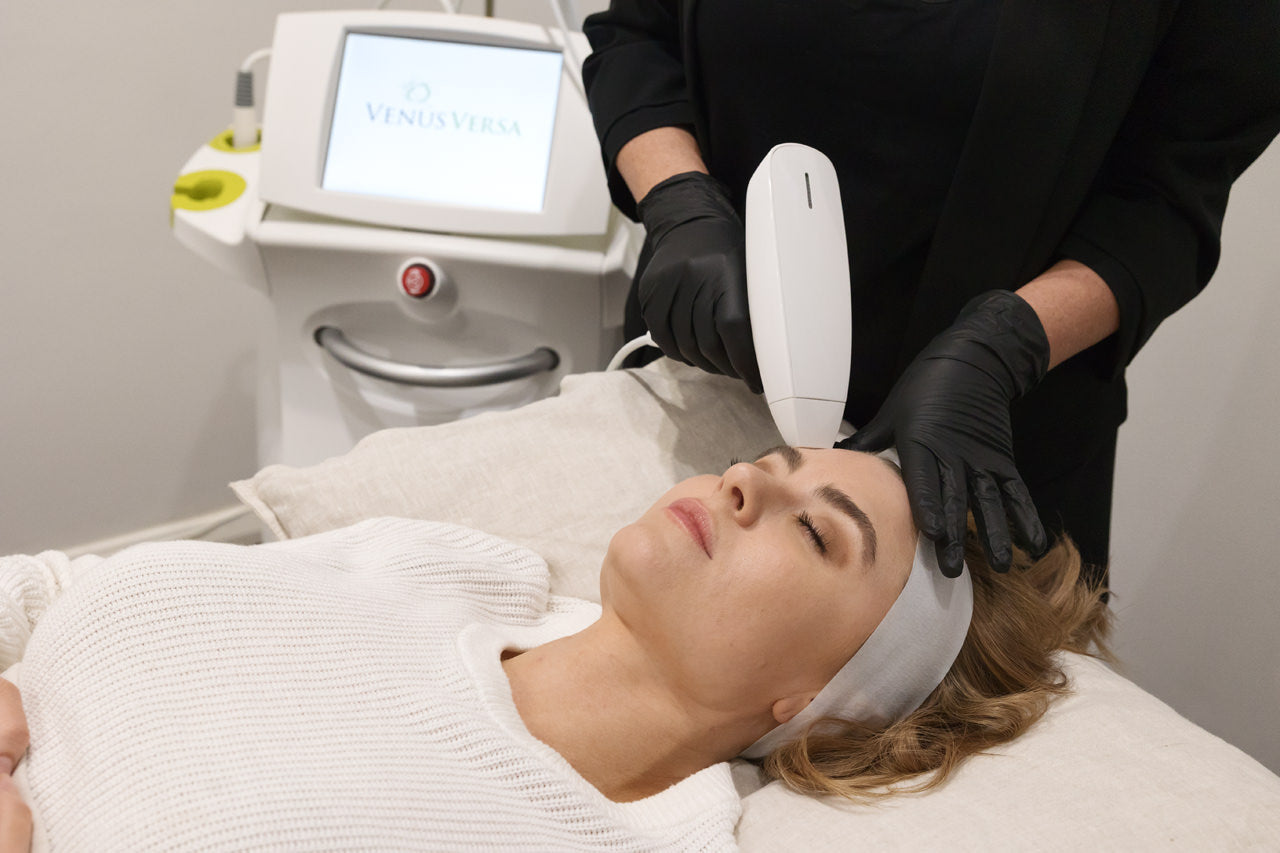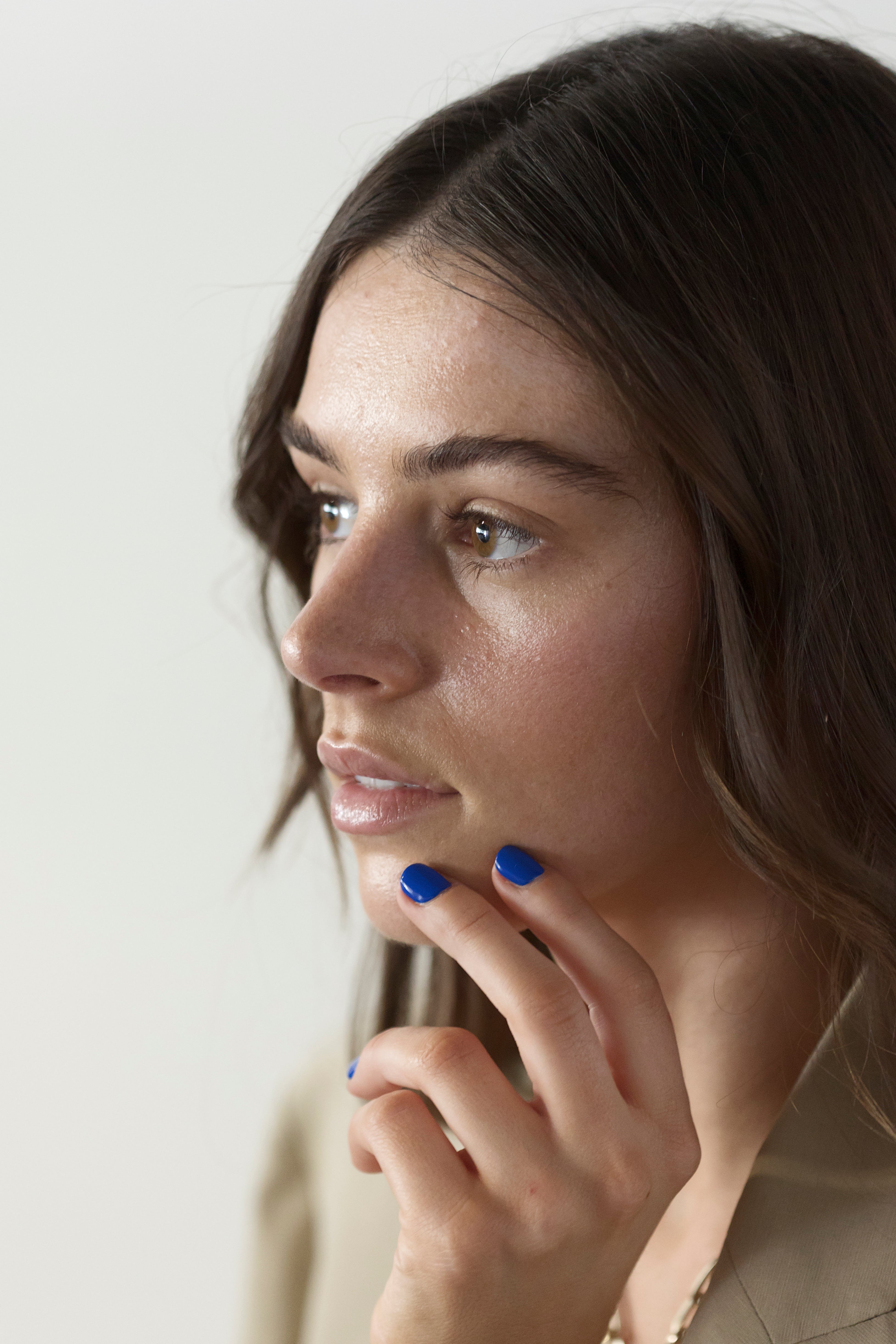
Venus Viva Skin Resurfacing
When it comes to skin resurfacing, CO2 lasers used to be the frontrunner, but these procedures also came with a lot of pain and downtime that could last several weeks, if not longer (since they essentially remove the top layer of your skin). Venus Viva™ skin resurfacing treatments, on the other hand, deliver the same results, just with significantly less pain and much lower downtime. And unlike lasers, which only work for fair complexions, Venus Viva™ skin resurfacing treatments are safe for all skin tones. You'll also notice much better results than with superficial treatments like chemical peels and microdermabrasion.
